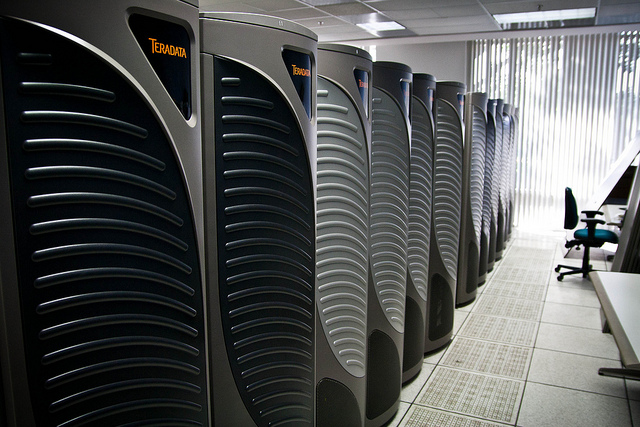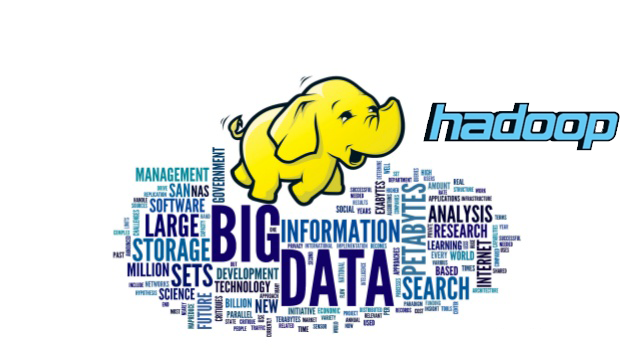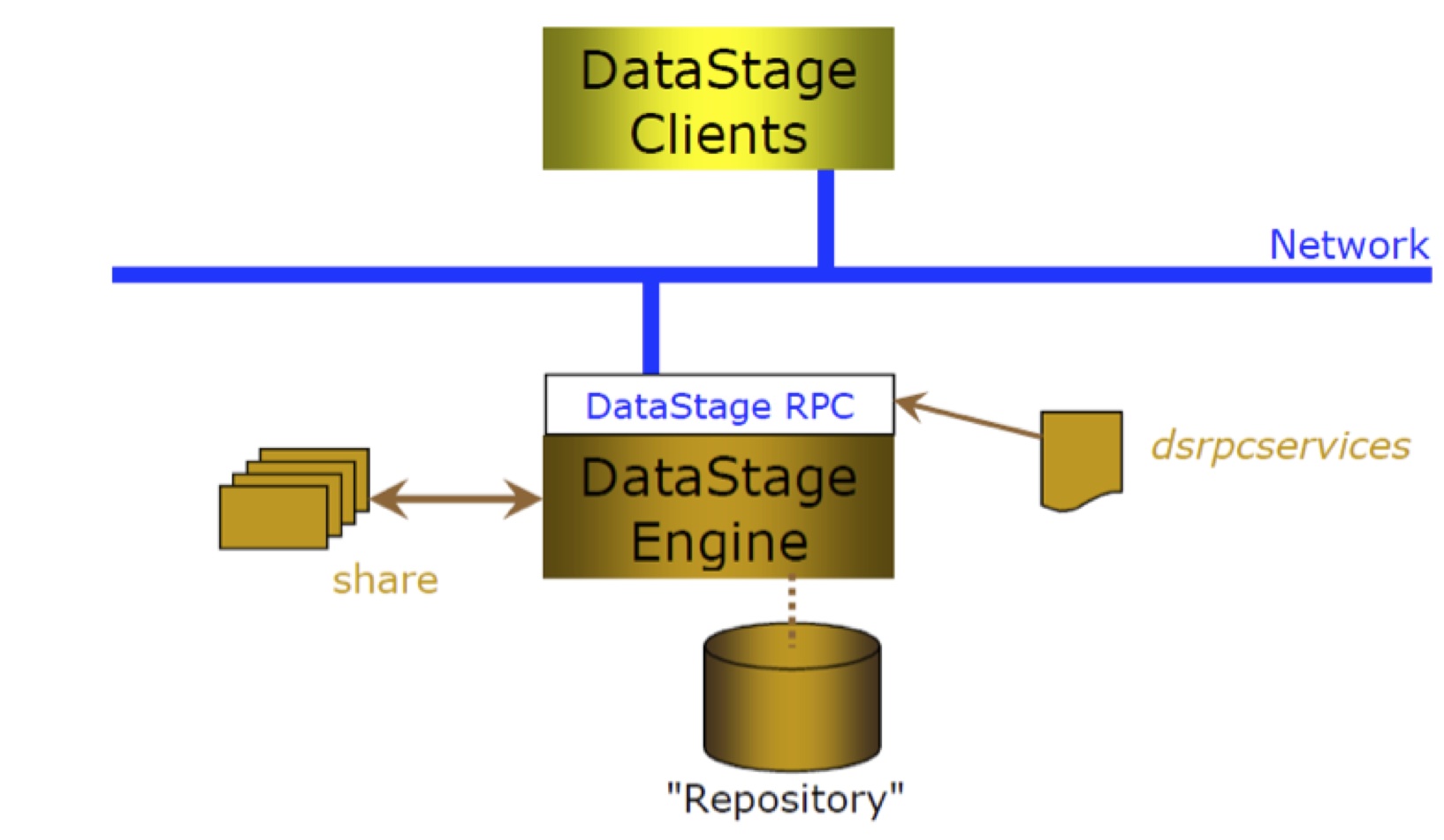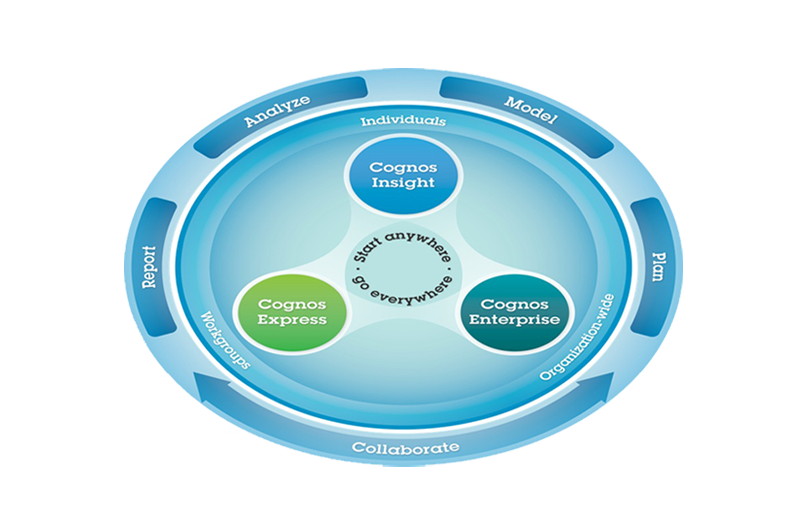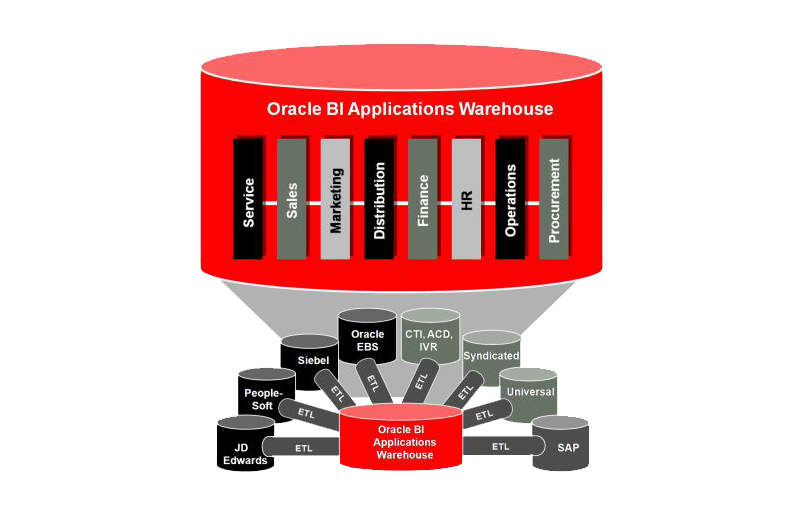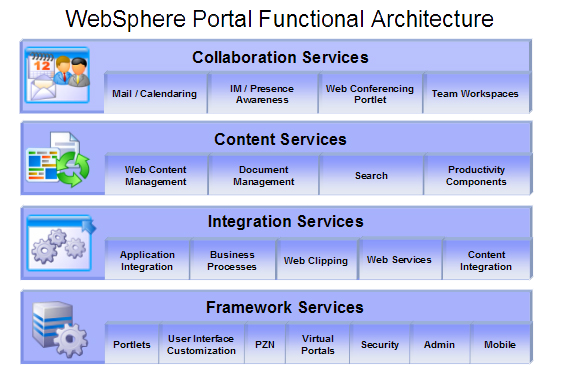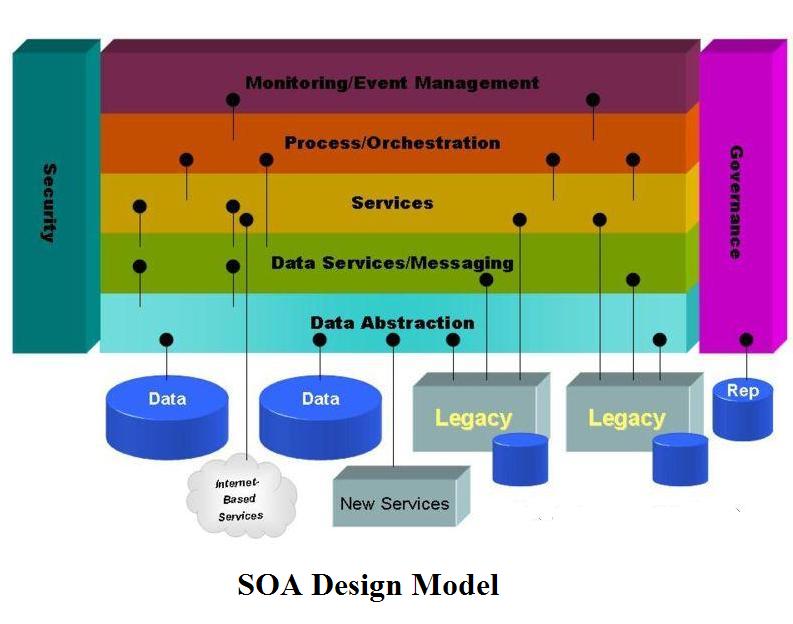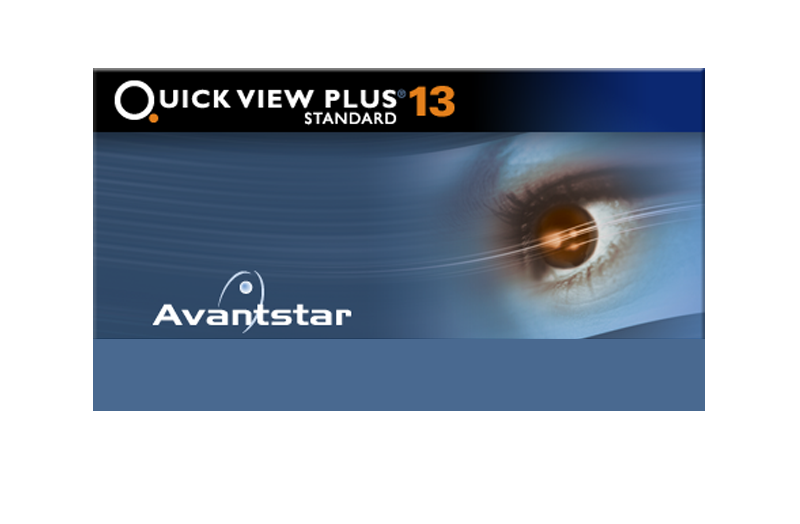
Informatica
Informatica Corporation is a software development company founded in 1993. It is headquartered in Redwood City, California. It was founded by Diaz Nesamoney and Gaurav Dhillon. Anil Chakravarthy is the company's CEO. The company was founded in 1993. It went public on NASDAQ Stock Exchange under the stock symbol INFA on April 29, 1999.On April 7, 2015, Permira and Canada Pension Plan Investment Board announced that a company controlled by the Permira funds and CPPIB has signed a definitive agreement to acquire Informatica for approximately US$5.3 billion.On August 6, 2015, Informatica announced completion of acquisition with Microsoft and Salesforce Ventures joined as strategic investors. The company's stock ceased trading on the NASDAQ under the ticker symbol INFA effective on the same date.
Types of transformations- Active : One that can change the number of rows being output.
- Passive : One that cannot change the number of rows being output.
- Connected : One that has at least one link with other transformations or objects in a mapping
- Unconnected : One that does not have any link with any transformations or objects in a mapping
